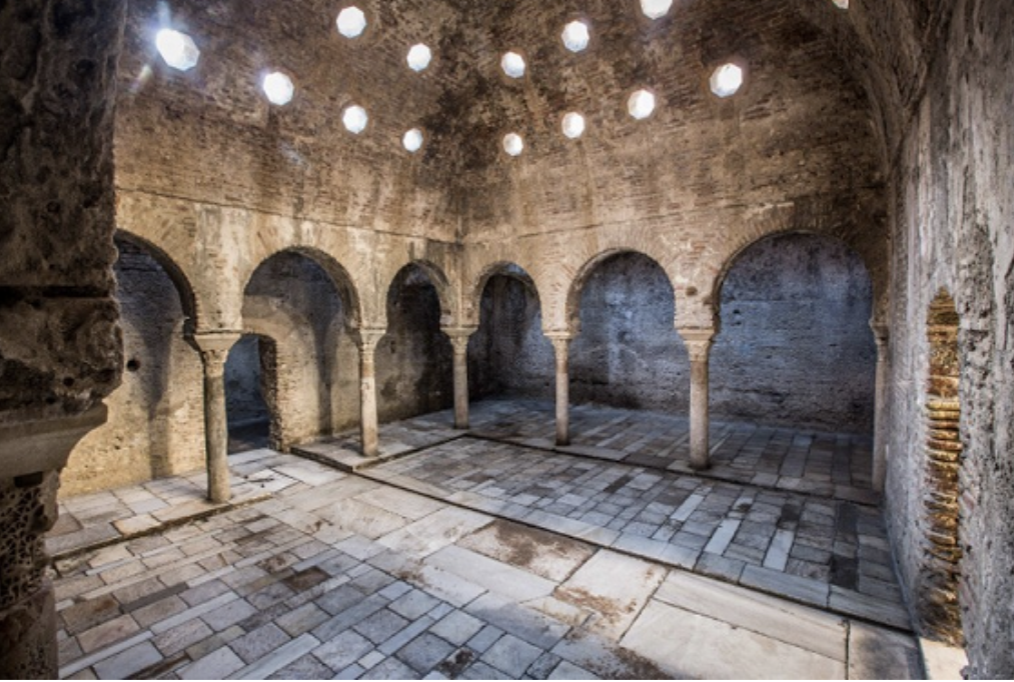18 Mar Hispano-Muslim art in Granada, a journey through time.
Hispano-Muslim art in Granada, a journey through time.

If you are planning to visit Granada you are about to immerse yourself in a journey full of history.
Of course you can’t miss the Alhambra, but you should also visit these 5 wonders of Hispano-Muslim architecture.
Corral del Carbón: The Corral del Carbón was built in the 14th century and used to be a meeting point for traders and travellers where they could rest, spend the night and store their goods.
Its Moorish style and central courtyard will take you back to ancient times. click here for more info.
Bañuelo: The Bañuelos, or Arab baths, were not only for personal care and hygiene, they were also places full of spirituality and meeting places.
The one in Granada dates back to the 11th century and admiring its dome will take you back in time. Click here for more info.
Dar al-Horra Palace: This palace was the residence of Aixa la-Horra, mother of Boabdil, the last Emir of Granada. What makes this place special is its Moorish architecture.
As you stroll through the courtyards and corridors of this palace, it is easy to imagine the life that was lived here in the past. Click here for more info
Casa Morisca:On the charming Calle Horno de Oro, you will find this Moorish house that looks like something out of a fairy tale. Its decorative details and plant-filled courtyard will transport you back to the daily life of old Granada. Click here for more info.
Casas del Chapiz and Casa de Zafra: These two houses in the Albaicín quarter are examples of Moorish and Mudejar architecture. The Casa del Chapiz has impressive wooden ceilings and a tower that offers panoramic views of the city.
The Casa de Zafra is notable for its horseshoe arch and well-preserved Andalusian courtyard where you can enjoy the tranquillity, surrounded by plants, decorative tiles and traditional architectural elements. Here you can imagine what the houses and courtyards of the time were like.

